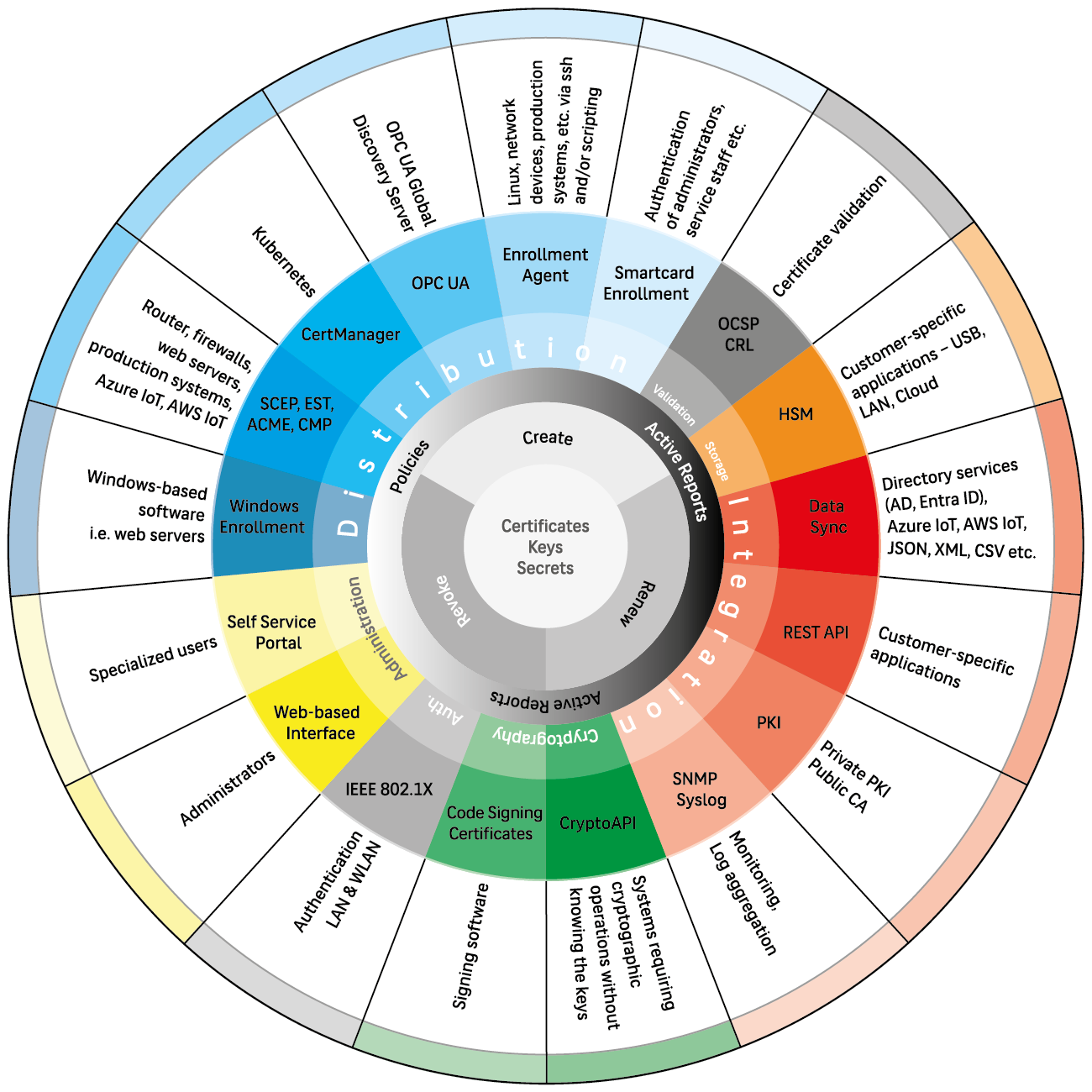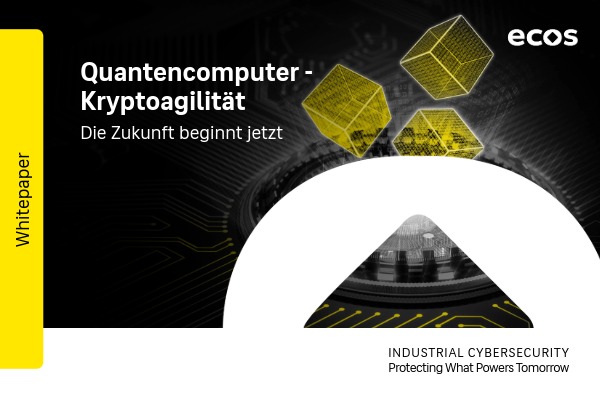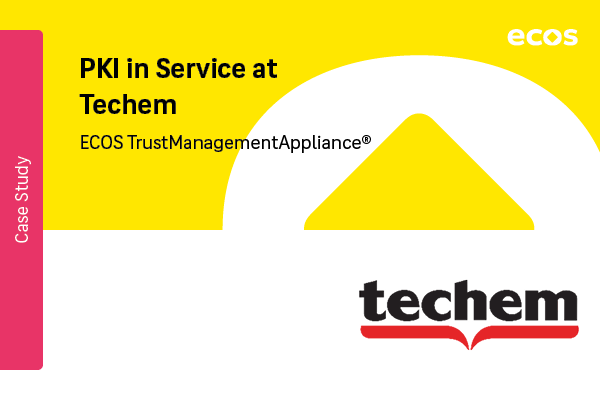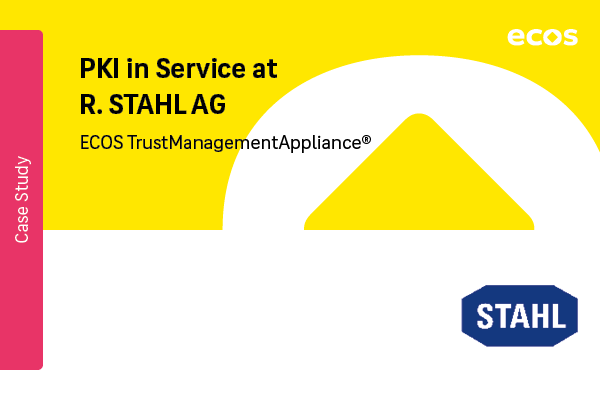Manufacturers of connected devices face a growing challenge: ensuring that every product leaves production with a secure and verifiable digital identity.
With the ECOS TrustManagementAppliance® (TMA), this process becomes fully automated. The PKI and key management solution integrates seamlessly into production environments and handles certificate issuance directly on the line — securely, reproducibly, and error-free.
This means every device is protected from the moment it’s produced and remains securely integrated throughout its lifecycle within any IoT ecosystem.
- Production-ready security ex works
Certificates are automatically issued during production – secure, consistent, and tamper-proof. - Fully automated PKI management
Creation, distribution and renewal of certificates and keys with complete lifecycle control. - Perfect integration
Supports REST API, SCEP, EST, ACME, CMP – for smooth integration with MES, ERP, test benches, and IoT platforms. - Scalable for any production volume
From small pilot runs to millions of units – the same processes, the same high level of security.
- Multi-site management
With the TMA Edge Gateway, globally distributed production sites can be managed centrally and efficiently. - Future-proof and compliance-ready
Crypto-agile and designed to support security-by-design principles and evolving regulatory requirements. - Flexible deployment models
On-premises, in the cloud, or at the edge (including offline capability) – built for real-world production environments. - Identities for AI agents
Authenticate AI instances uniquely in production or service and embed them securely into zero-trust workflows.
ECOS TrustManagementAppliance®
The foundation for digital trust in IoT, OT and AI
The ECOS TrustManagementAppliance® creates, distributes and manages digital certificates and cryptographic keys that assign trusted identities to devices, systems and AI agents. These secure machine identities form the foundation for protecting data, processes and autonomous decisions — and are therefore essential for a secure, scalable and future-proof industry.
The ECOS TrustManagementAppliance® can be operated on-premises, in the cloud, or managed as a service by ECOS.







